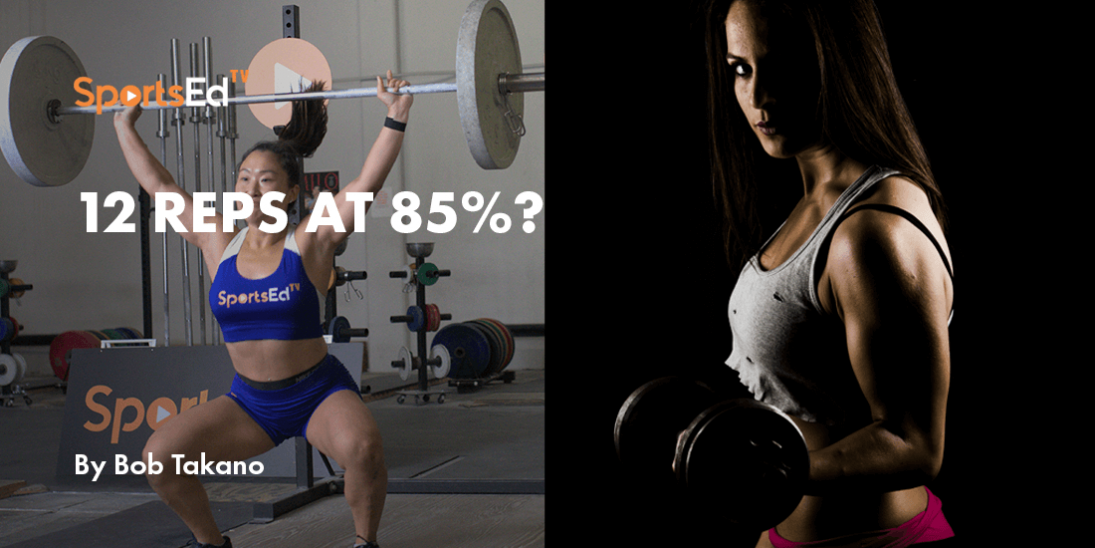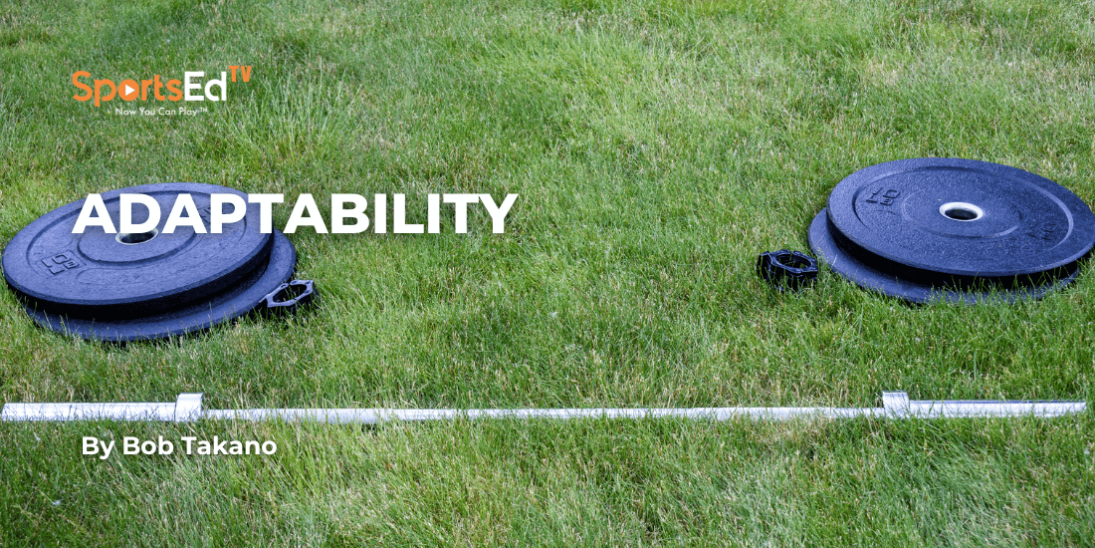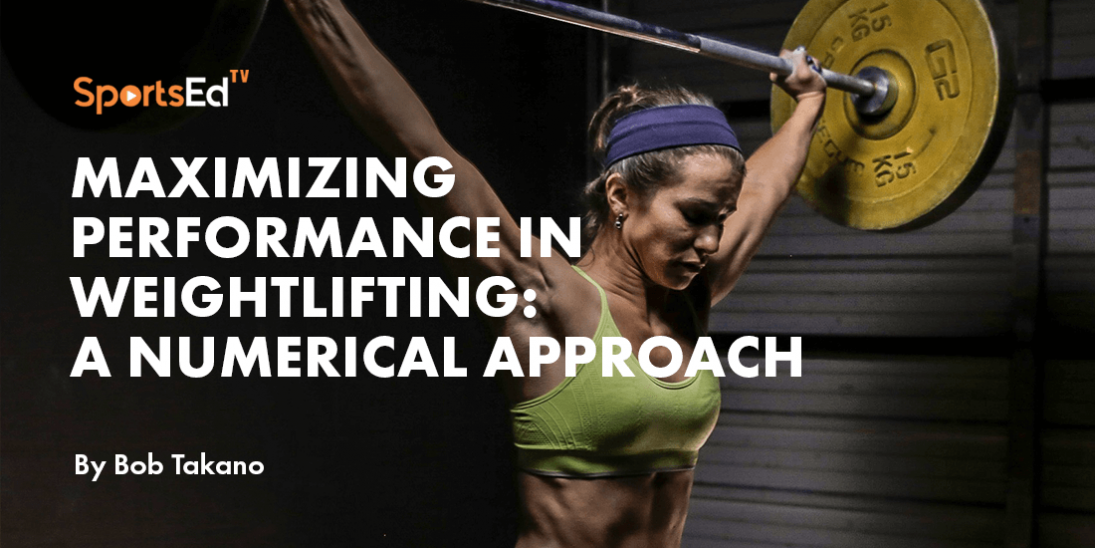Weightlifting
Welcome and thanks for visiting...

Understanding 1RM: How Weightlifting and Bodybuilding Differ in Strength Training

In the distant past, all information regarding resistance training was combined into a few periodicals. Bodybuilding, strength training, weightlifting, and powerlifting were all covered in the popular publications of the day—Strength and Health, Iron Man, and Muscle Builder. Largely because of this, it was not unusual for the training methods of one discipline to bleed into one or more of the others. When percentages of 1RM became a staple of weightlifting training, it was not surprising to find some bodybuilding routines focusing on percentages. One day, as I was thumbing through one of the aforementioned publications on the hunt for some weightlifting instruction, I came across a bodybuilding piece that advocated for the performance of 12 repetitions per set at 85% of 1RM. I was taken aback. I had come from weightlifting, where four reps at 85% was about the best that could be expected. 12 reps was Crazytown!
What is 1 RM?
The term "1 RM" stands for "one-repetition maximum." It refers to a person's maximum weight for one repetition of a given exercise. This measure is widely used in weightlifting, bodybuilding, and other strength training disciplines to assess the maximum strength of an athlete. It's the heaviest weight you can lift once, but not twice. Determining your 1 RM is important for designing a strength training program because it helps set the appropriate weights for various exercises based on percentages of your maximum strength.
I began to think about trying to understand this type of thinking. After a while, I realized that a bodybuilder’s 100% was not the same as a weightlifter’s 100% simply because bodybuilders rarely practiced performing a 1RM, whereas that was the whole point of weightlifting. If we look at it from the standpoint of an individual muscle, the muscle is composed of tiny contractile complexes called motor units, each being stimulated by a motor neuron.
Maximizing Muscle Growth: The Science Behind Reps and Resistance Training
The goal of a weightlifter is to activate as many motor units as possible in a single repetition, resulting in maximal force. A bodybuilder, on the other hand, attempts to activate the same percentage of motor units but over 8, 10, 12, or more repetitions per set, resulting in maximal growth or hypertrophy. These are two different goals resulting from two different tactics.
The lesson learned here is that due to physiology, different activities with different goals require different strategies and tactics.
Choosing the Right Coach: What to Look for in a Weightlifting or Bodybuilding Trainer
For coach shopping, beware that some individuals have the bare minimum in coaching education and are comfortable advertising themselves as coaches or specialists in various disciplines. If you want to find the most efficient pathway forward, try to get instruction from a coach specializing in your activity of choice.
A competent coach or specialist should have several years of experience working with athletes committed to competitive excellence. Keep in mind that the least qualified coach can bring about some improvement in raw beginners. Still, it takes an experienced coach to bring about continued improvement over an extended period of time. If you are serious about advancing in your chosen sport, seek the best coaching. Ask for a detailed resume with references if possible. Furthermore, remember that some coaches are very good at developing beginners or intermediate athletes, while others are better at working with elite-level performers. If you are realistic about your current status, your long-term goals, and the seriousness of your conviction, these factors should help you as you seek expert advice.








